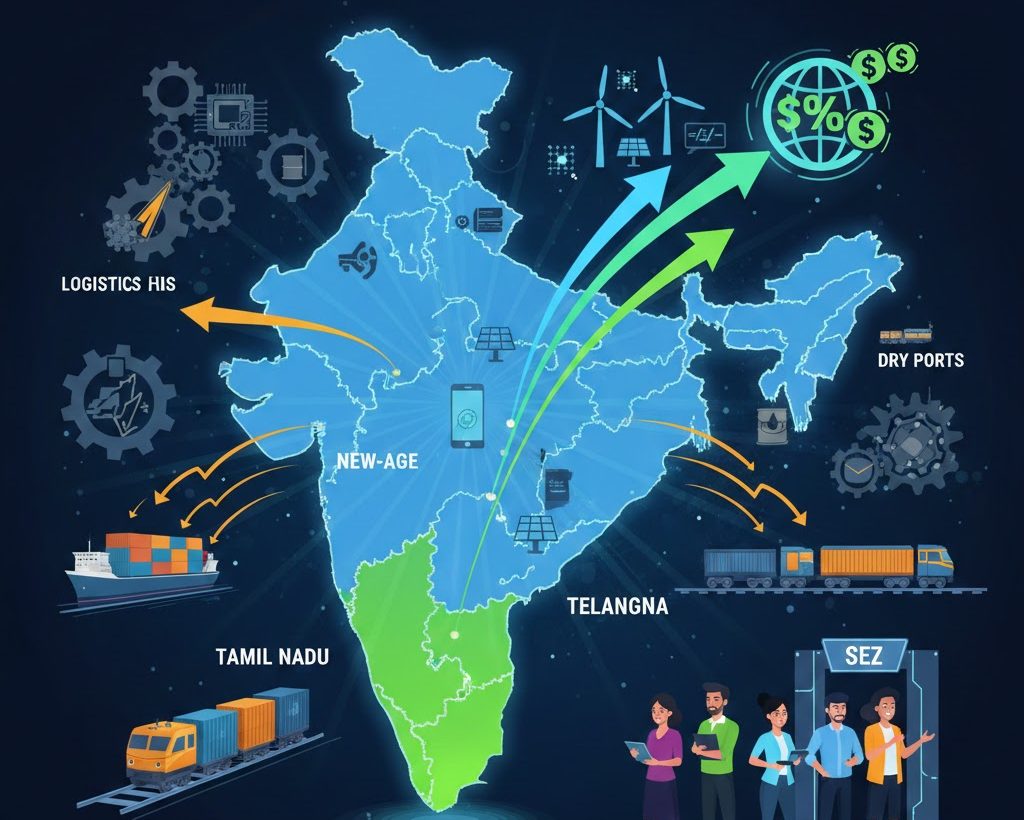Addressing New age Technological Governance challenges
Context:
The Bharatiya Nyaya Sanhita (BNS ) largely retains the Indian Penal Code (IPC), adding only 19 offences, all drawn from existing legislation. The BNSS and Bhartiya Sakshya Adhiniyam (BSA) introduce minimal new sections, with few changes reflecting societal and technological evolution.
- In a 21st-century world driven by technology, the internet, and AI, where geopolitical borders are fading and the digital realm is integral to daily life, the BNS falls short.
- It fails to address critical New Age crimes, leaving gaps in protecting against threats in our increasingly “phygital” (physical plus digital) environment.
About New-Age crime:
- Cyberbullying and Online Harassment: Involves using digital platforms to harass or embarrass others, causing psychological harm.
- The Blue Whale Challenge in 2017 highlighted the dangers of online manipulation, leading to several deaths.
- Cyberstalking: The use of technology to harass, intimidate, or monitor someone without their consent, including social media stalking, GPS tracking, and catfishing.
- Sexting and Non-Consensual Pornography: The sharing of explicit content without consent, often leading to harassment and blackmail. Morphing, altering images to create non-consensual pornographic content, is a severe violation of privacy.
- Email Phishing and Hacking: Fraudulent emails trick recipients into revealing sensitive information, leading to identity theft and financial fraud. Email hacking involves unauthorised access to accounts, enabling further criminal activities.
- Online Fraud and Scams: Digital platforms are used for job fraud, matrimonial fraud, and online gambling, where perpetrators manipulate victims to steal money or personal information.
- Online Trafficking and Deep Fakes: The internet facilitates human trafficking through social media and the dark web. Deep fakes, created using AI, are misused for revenge porn, fraud, and political manipulation.Ethical dimensions involved in new age cyber crimes:
- Privacy and Data Protection: Cyber crimes violate personal privacy, leading to identity theft and financial fraud. The ethical challenge is balancing technological advancement with individuals’ right to control their personal data.
- The massive data breach at Equifax in 2017 exposed the personal information of over 147 million people, including names, social security numbers, and credit card details.
- The $100 million fraud at the Bangladesh Central Bank involved a technological breach of its computer system, with the stolen funds rapidly laundered through the banking system to foreign banks.
- Consent and Non-Consensual Actions: Non-consensual sharing of intimate images or information, such as in sexting or morphing, raises ethical issues about respecting autonomy and the psychological harm caused to victims.
The Collingridge dilemma, introduced by David Collingridge in his 1980 book The Social Control of Technology, addresses the challenges of regulating emerging technologies.
- Accountability and Responsibility: The anonymity of the internet complicates accountability in cyber crimes, raising ethical questions about justice and the effectiveness of legal frameworks in holding perpetrators responsible.
-
- In 2019, a hacker known as “John Wick” breached the servers of several Indian government websites, exposing sensitive data.
- Technological Duality: Technology enables both positive communication and criminal activities. Ethical dilemmas involve the responsibility of tech companies to create secure systems and prevent the misuse of their platforms.
-
- WhatsApp’s end-to-end encryption feature, while protecting user privacy, has also been exploited by criminals to spread misinformation and incite violence.
- Manipulation and Misinformation: The spread of deep fakes and misinformation undermines public trust and manipulates opinions, posing ethical challenges for content creators and platforms to ensure information accuracy.
-
- In 2020, a deep fake video of Prime Minister Narendra Modi endorsing a cryptocurrency scam went viral, causing confusion and eroding public trust.
- AI-generated fake vocals of well-known singers like Drake and the misuse of deepfake technology to create false voices of celebrities such as Amitabh Bachchan or videos resembling Rashmika Mandanna represent the cutting-edge crimes of our time.
- Ethical Concerns in Cybercrime Legislation: Addressing Ambiguities and Preventing Misuse
-
- When drafting penal laws for cybercrimes, clarity and precision are essential to prevent confusion and misuse.
- Provisions in laws like UAPA and BNS introduce terms like “terrorism” and “economic offences” without the protections of their original contexts.
- This ambiguity allows for broad discretion by law enforcement, particularly regarding undefined terms like “economic security,” increasing the risk of arbitrary application. Robust safeguards are necessary to protect legitimate business activities and prevent abuse by local authorities.
- International Cooperation and Governance: Cyber crimes often cross borders, necessitating international cooperation. The ethical challenge is balancing global security efforts with respecting national sovereignty and individual rights.
-
- In 2021, a global ransomware attack known as “WannaCry” affected thousands of organisations across 150 countries, including India.
Indian legal system to address new-age crimes:
Information Technology Act, 2000
- Cyber Crimes: The Act defines various cyber crimes, including hacking (Section 66), data theft, and identity theft.
- Anyone found guilty of hacking may face imprisonment for up to three years, a fine of up to two lakh rupees, or both.
- Tampering with Computer Source Documents: Section 65 penalises the intentional alteration or destruction of computer source documents, with penalties including imprisonment for up to three years and fines.
- Data Protection and Privacy: While the IT Act lays the groundwork for data protection, it has been criticised for lacking comprehensive provisions. The upcoming Personal Data Protection Bill aims to address these gaps by establishing robust data protection norms.
- Key Provisions on Cyber Crimes in the Bharatiya Nyay Sanhita (BNS), 2023
- Section 303 – Cyber Theft: Addresses theft involving mobile phones, data, or computer hardware/software, providing legal recourse for victims of digital property theft.
- Section 77 – Voyeurism: Penalises the unauthorised capture or publication of images of a woman’s private parts, emphasising consent and privacy.
- Section 317 – Possession of Stolen Digital Property: Punishes possession of stolen digital goods, discouraging the market for such items.
- Section 318 – Cyber Fraud: Targets various forms of online fraud, including password theft and bogus websites, with penalties based on the severity of the offence.
- Section 336 – Email Spoofing and Online Forgery: Imposes penalties for email spoofing and online forgery, particularly when aimed at damaging reputations.
Other Steps taken by Government:
- Institutional Mechanisms:
- Indian Computer Emergency Response Team (CERT-In): National agency for cybersecurity incident response
- Indian Cyber Crime Coordination Centre (I4C) under MHA, coordinating with regulatory bodies like Reserve Bank of India and fintech companies to address cyber frauds.
- Cyber Swachhta Kendra: Cyber Swachhta Kendra (CSK) is an initiative launched by the Ministry of Electronics and Information Technology (MeitY) as part of its Digital India program
- Key Aspects include Botnet cleaning and Reporting and malware detection and Removal.
- Specialised Units:
- Cyber Crime Cells in police departments across states.
- National Cyber Crime Reporting Portal recognises new-age crimes such as cyberbullying, stalking, sexting, etc., and is designed for citizens to report cybercrimes online
Key Global Efforts in Combating Cybercrime:



